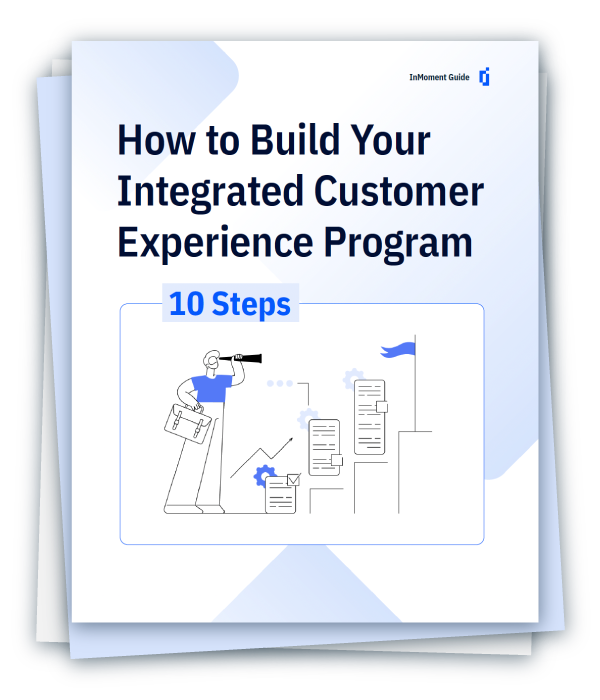
This article was originally posted on CustomerThink.com
Why Is There An Urgent Need For Companies To Do This Now?
Covid-influenced working conditions have contributed to employee disconnection from company culture, disaffection, and even emotional burnout, resulting in high prospective churn rates in many business sectors, i.e. “The Great Resignation”. Employee disconnection and discontinuity also have both an indirect and a direct impact on customer behavior. As viewed by many consulting organizations in their evaluations of this unfolding era of chronic talent shortages coupled with low unemployment rates, the conjoined, common themes of enterprise humanity and reframed purpose seem to be among the most attainable stakeholder prescriptives for dealing with the current employee landscape.
So, the state of organizational culture has tremendous and undeniable influence on employee behavior. In the famous words of Peter Drucker, “Culture eats strategy for breakfast.” Unfortunately, and rather irrespective of the beliefs of some corporate leaders and consultants, no amount of strategic corporate sophistication and modeling can work a company out of a toxic, unfocused purpose, and non-humanistic culture. It must come through disciplined leadership, investment, assessment, and change.
The challenges for many organizations, though, is that they have either minimally addressed or completely missed the impact of enterprise culture on the level of employee connectedness, contribution, and commitment.
Why Can’t Traditional Employee Engagement Research Target Company Culture For Improvement?
Classic engagement research, as practiced since the mid-1980’s, is very effective at identifying employee perceptions into the nature of their jobs, the relationship between employee and manager, employee and co-workers, and the line of sight between the employee performance and company performance. It also functions on the frequently disproved tactical assumption that ‘happy employees = happy customers”, and so is designed to only superficially address the relationship between deeper feelings and beliefs about enterprise culture and resultant employee behavior.
For organizations to recognize employee needs and wants within today’s rapidly changing landscape, there must first be a recognition that employees, as stakeholders and assets to the company, have many of the same behavioral and life stage issues as customers. And, just as customer behavior can range from high negativity/sabotage to high positivity/advocacy, so too can employee behavior. The goals for employees, then, are commitment and connected behavior, with advocacy as the highest state.
The foundation for attaining this goal is an understanding of cultural impact. More specifically, today organizations need to identify, and leverage, employee perceptions of culture relative to:
- Cohesion of functions and units/groups within the company
- Enterprise/functional/group customer and value focus
- Management/leadership effectiveness, integrity, and trust
- Influences on morale – diversity, inclusiveness, communication, latitude
- Support for personal career, growth, training, and work/life balance
Is There A Clear And Actionable Path To Company Culture Improvement?
The quick, and encouraging, answer is ‘Yes. There is’. This path, however, requires several things. First, senior leadership must have, or develop, an understanding of where the cultural challenges exist for employees. Next, the organization must be both disciplined in discovery and change and willing to make at least some investment. The financial and time investment comes through macro culture maturity assessment, targeted qualitative and quantitative employee research focused only on their connection, and commitment to, company culture, and development of communication, process, and other techniques for building and sustaining greater connection with and by employees.
This path is not necessarily simple, and sometimes not easy, because cultural DNA is often strongly embedded, and change-resistant, within the enterprise. But, in the wise words of Yoda when confronted by Luke Skywalker’s reluctance to embrace new thinking: “You must unlearn what you have learned.”
Want to learn more about the power of employee experience (EX) and the benefits it brings to your bottomline? Read our eBook on understanding the power of employee engagement.




